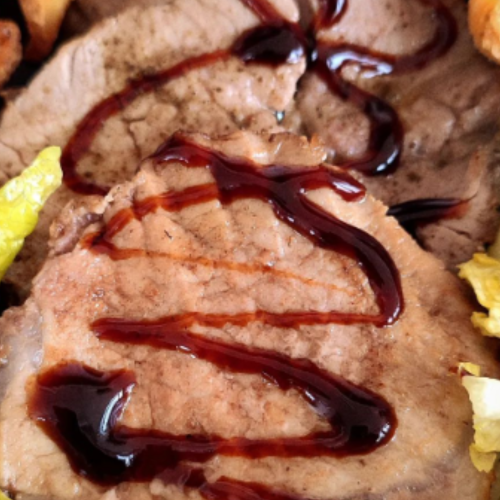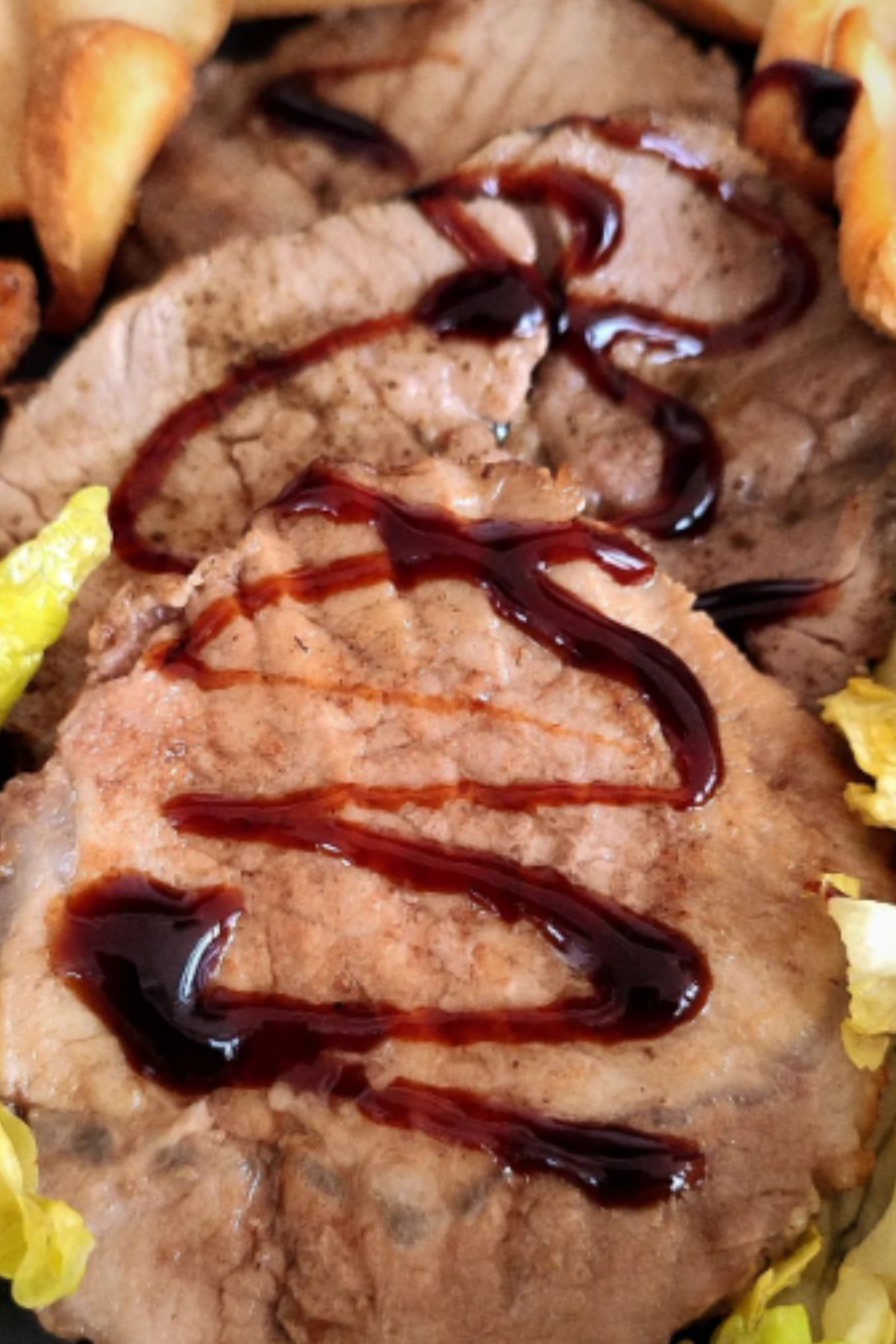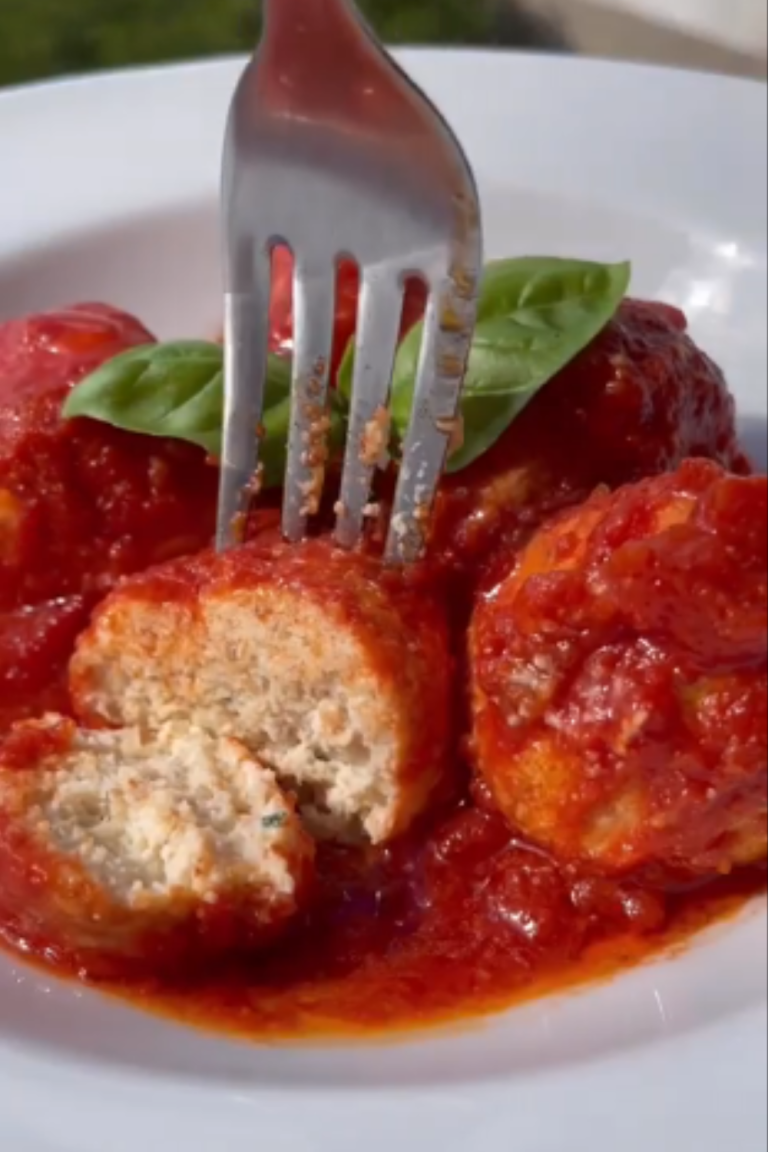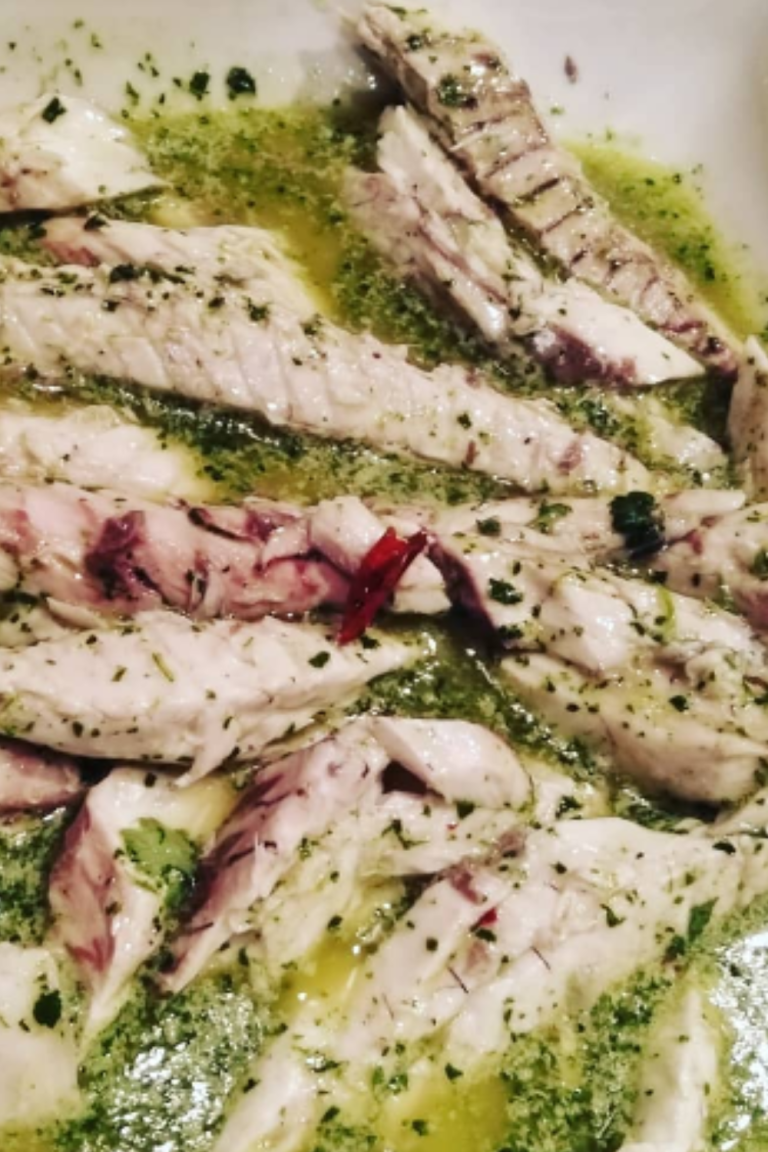Arista al Forno: A Step-by-Step Guide

Arista al Forno
Equipment
- Equipment Needed: Oven, roasting pan, meat thermometer, sharp knife, cutting board
Ingredients
- 3 lbs 1.4 kg pork loin (bone-in or boneless)
- 4 cloves garlic minced
- 1 tbsp fresh rosemary finely chopped
- 1 tbsp fresh thyme
- 2 tbsp olive oil
- ½ cup white wine
- Salt and pepper to taste
- 1 lemon zest and juice
- 2 tbsp Dijon mustard optional
- 1 cup vegetable or chicken broth for basting
- Optional Variations:
- Herb lovers: You can add sage or oregano for more herb depth.
- Mustard twist: If you prefer a tangy flavor use Dijon mustard for an extra layer of taste.
- Gluten-free: Ensure the broth you use is certified gluten-free though most are naturally gluten-free.
Instructions
- Prepare the Pork Loin
- Pat the pork loin dry with paper towels to ensure it roasts properly. Dry skin helps with achieving that nice crispy texture on the outside.
- Using a sharp knife, score the fat cap of the pork loin with diagonal cuts about 1-inch apart, creating a crosshatch pattern. This will allow the seasoning to penetrate better.
- Season the Meat
- In a small bowl, mix the minced garlic, rosemary, thyme, lemon zest, olive oil, salt, and pepper.
- Rub this mixture all over the pork, ensuring you massage it into the scored fat and sides. Based on my overall experience, giving the seasoning time to sink into the pork makes all the difference, so don’t rush this step.
- Marinate (Optional but Recommended)
- If you have time, marinate the pork in the fridge for at least 2 hours or even overnight. This gives the herbs and garlic more time to infuse the meat.
- Preheat the Oven
- Preheat your oven to 350°F (180°C).
- Sear the Pork
- Heat a large skillet over medium-high heat. Sear the pork on all sides for about 2-3 minutes per side until it's golden brown. This step locks in the juices and gives the roast a nice crust.
- Transfer the pork loin to a roasting pan.
- Add Wine and Broth
- Deglaze the skillet you used for searing by adding the white wine. Let it simmer for about 1-2 minutes, scraping up any brown bits from the bottom of the pan. These bits add flavor to the sauce!
- Pour the wine and broth mixture into the roasting pan with the pork.
- Roast the Pork
- Roast the pork in the oven for about 1 hour and 15 minutes (around 25 minutes per pound), basting occasionally with the juices in the pan.
- Use a meat thermometer to check the internal temperature. It should reach 145°F (63°C) for medium doneness.
- If using the optional Dijon mustard, brush it over the top of the pork during the last 15 minutes of roasting.
- Rest the Meat
- Once cooked, remove the pork from the oven and let it rest for 10 minutes before slicing. This helps the juices redistribute, making the meat more tender.

Hi!
I’m Mike, the creator of Forum Foodies. In my own personal experience, understanding ingredients is key to great cooking.
Forum Foodies offers guides on various ingredients, from staples to exotic finds. Join our community, share your experiences, and learn from fellow food lovers.
Have questions or suggestions? Email me at info@forumfoodies.com. Let’s embark on this delicious adventure together.
Happy cooking.
Mike/








